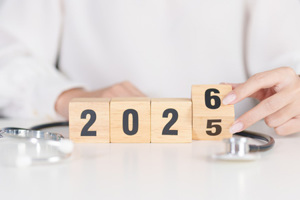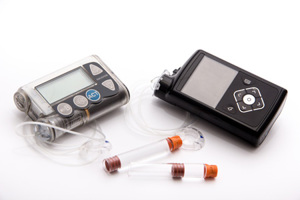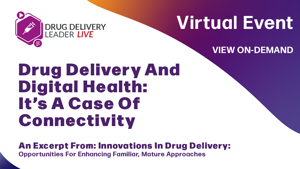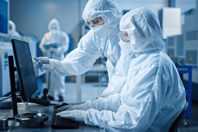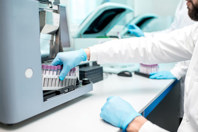INHALATION DRUG DELIVERY ARTICLES
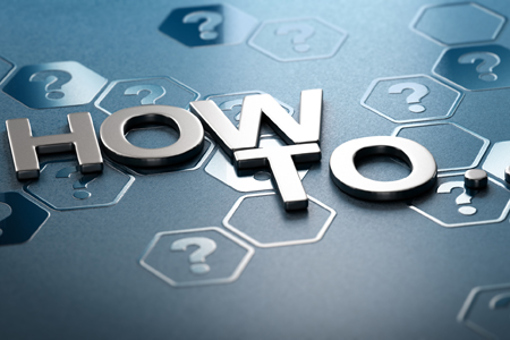 Conducting A Medical Device Stability Study: A Practical Guide
Conducting A Medical Device Stability Study: A Practical Guide
Stability studies measure how medical devices respond to environmental stresses such as temperature, humidity, light, and time. Let's take a closer look at designing and conducting a stability study.
INHALATION DRUG DELIVERY RESOURCES
-
Three combination case studies are demonstrated, in which bevacizumab is paired with erlotinib, cisplatin, or paclitaxel in a dry powder inhaler formulation.
-
Everything from glass or plastic bottles to the ink used in labels can leach unwanted contaminants. The first challenge chemists address is to narrow the focus on the most likely suspects.
-
By embracing new approach methods, regulatory agencies can revolutionize toxicology testing. These methods can be adapted for various medications, including inhalers and nasal-administered drugs.
-
Gain insights into a “simul-spray” process pioneering for combining small and large molecules into a single, atomized drug product for inhalation administration.
-
Review a process where the insoluble and unstable free-base form of clopidogrel is converted to a form with acceptable drug loading and is protected from chemical degradation.
-
Explore an integrated service package designed to simplify and accelerate the development pathway, even for APIs with challenging properties such as low aqueous solubility and poor bioavailability.
-
IVIVR modeling leverages in-vitro testing knowledge toward predicting in-vivo testing results, often reducing long-term development costs by facilitating more informed decision-making during drug development.
INHALATION DRUG DELIVERY SOLUTIONS
-
Our integrated capabilities and vast knowledge encompasses pre-formulation sciences, formulation development, device evaluation, clinical trial manufacturing and the clinical assessment of a variety of inhaled formats for nasal and pulmonary delivery.
-
Explore new approach methodologies, integrating in vitro and computational models to improve toxicology testing, and drug development, enhancing accuracy, efficiency, and human relevance.
-
By partnering with Battelle, your organization can reduce risks and save on investment costs, leading to more successful and sustainable outcomes.
-
Weiler Engineering’s ASEP-TECH® Blow/Fill/Seal machines are ideal for processing temperature sensitive products such as biological and protein-based materials – providing a level of enhanced sterility assurance.
-
Learn how our team of scientists, engineers, and human-centered designers, as well as our world-class facilities, empower us to confidently guide your product toward a successful market launch.
-
Unlock superior performance for peptides and proteins using nanotechnology. Achieve high drug loads for subcutaneous delivery and stable, aerodynamic dry powders for deep-lung inhalation.
-
Large volume humidifiers and nebulizers – typically in sizes from 250 – 1000mL – can be specifically designed to fit existing delivery devices. Custom designs to facilitate the control of humidification in oxygen delivery can be developed.
-
This comprehensive suite of services encompasses the entire spectrum of user research, starting from the conceptualization of study designs to meticulous data analysis and comprehensive reporting.
-
Integrated device assembly, labeling, and packaging solutions streamline pharma delivery, ensuring compliance, scalability, and patient-centric design from clinical trials to commercial production.
-
OFM automatic filling and closing machines are designed for pharmaceutical formulations, such as syrups, ophthalmic products, and nasal sprays either in glass or plastic containers.


